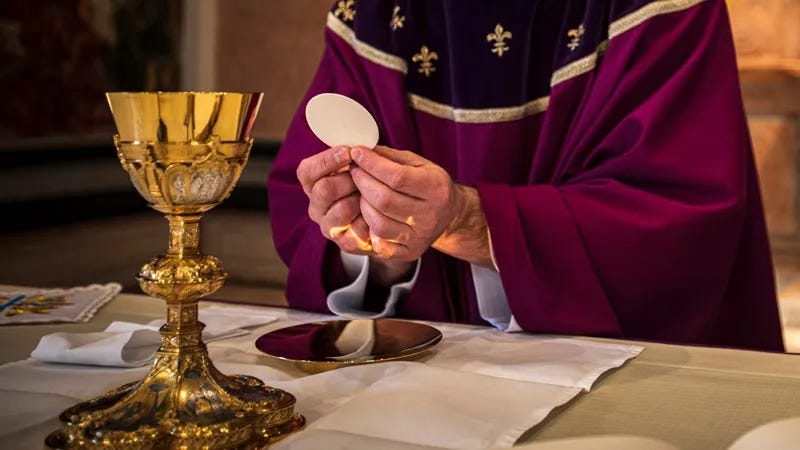The Revival, the Eucharist, and the Pew data
What do Catholics really believe about the Eucharist?
Pillar subscribers can listen to this analysis here: The Pillar TL;DR
According to organizers, nearly 50,000 Catholics will gather this week in Indianapolis for the Church’s National Eucharistic Congress.
In some ways, Catholics have a five-year-old report from Pew Rese…

